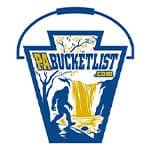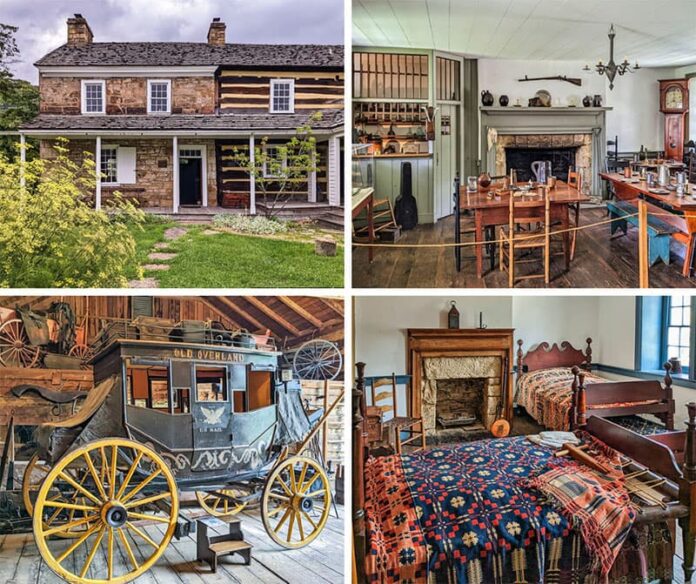
The Compass Inn Museum in Westmoreland County is a historically-accurate representation of what an early-to-mid 1800s stagecoach stop would have looked like.
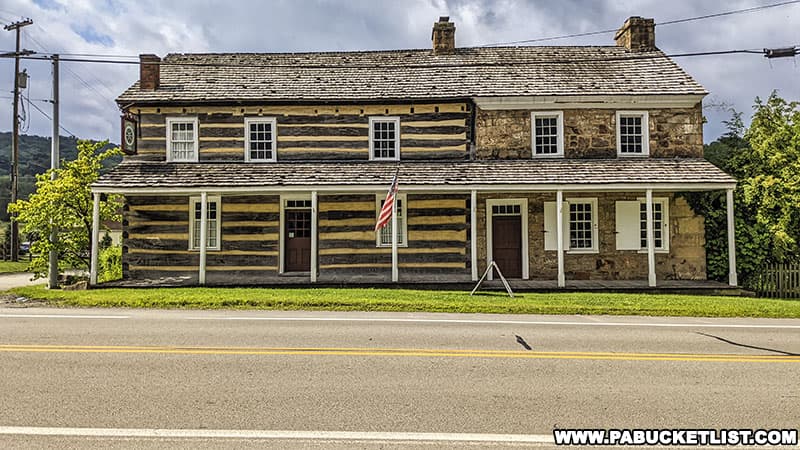
The likeness is so accurate, in fact, that the Compass Inn Museum was used to film scenes from the movie “The Pale Blue Eye”, a murder-mystery starring Christian Bale, set in the 1830s.
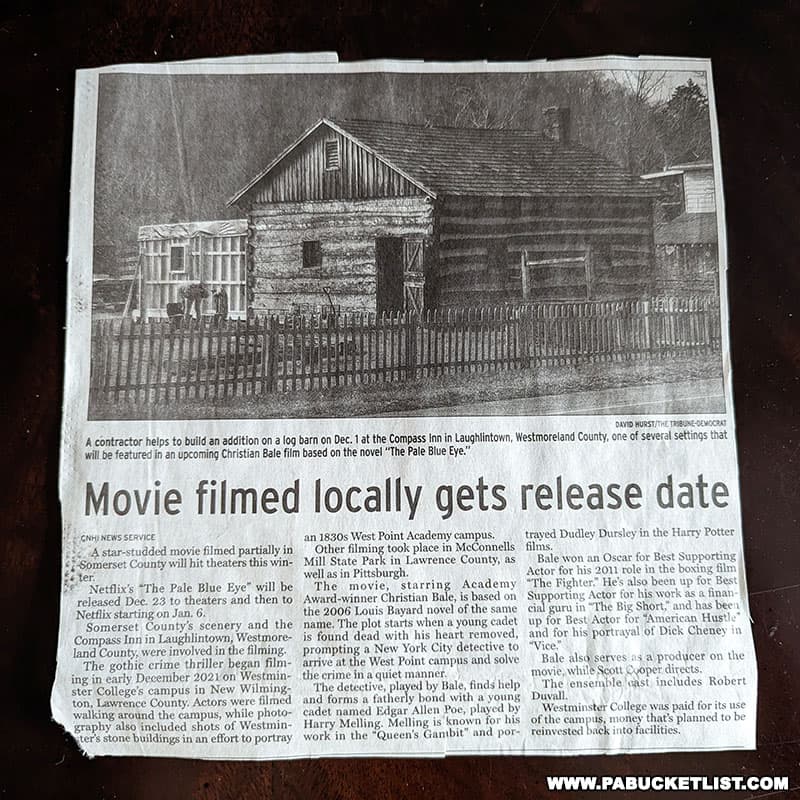
The original log portion of the Compass Inn was built in 1799.
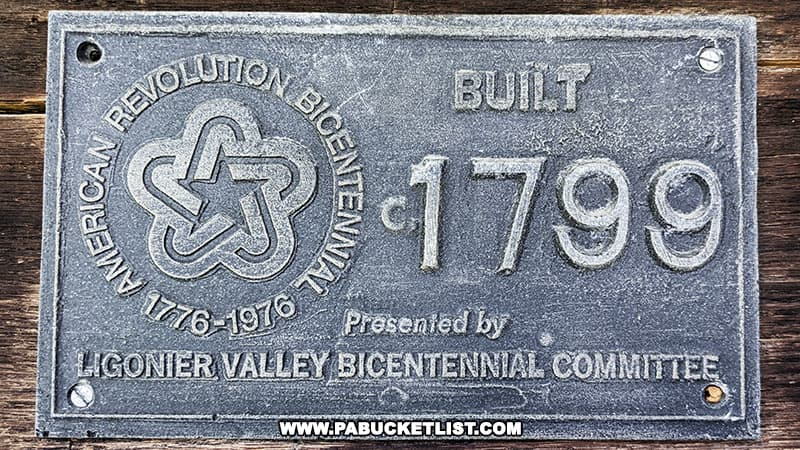
The stone addition to the inn was built in 1820, as a new owner attempted to attract more affluent stagecoach passengers that frequented the cross-state road running in front of the inn, a road that we know today as Route 30.
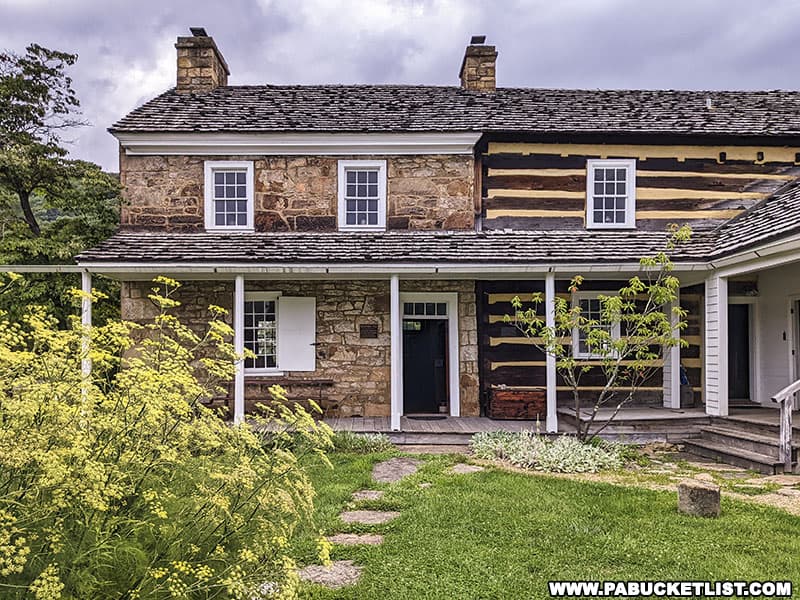
Origins of the Compass Inn
The Pennsylvania State Road, the first road to connect Philadelphia to Pittsburgh, generally followed the path of the old Forbes Road, a military road built in 1758 by British forces as part of the campaign to capture Fort Duquesne during the French and Indian War.
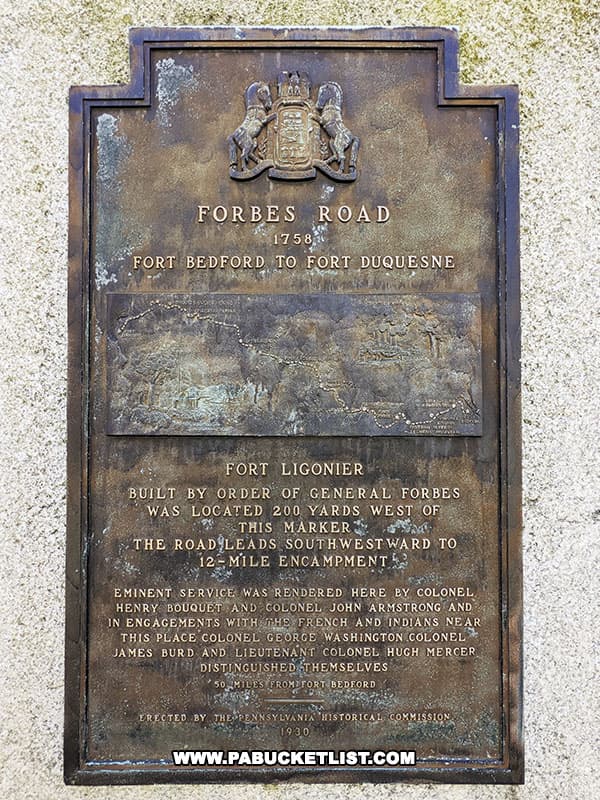
Fort Ligonier, which sits just a few miles west of the Compass Inn, was also built in 1758 along the Forbes Road, and served as as the staging area for the final British assault that succeeded in capturing Fort Duquesne from the French, leading to the construction of Fort Pitt, which eventually gave rise to Pittsburgh.
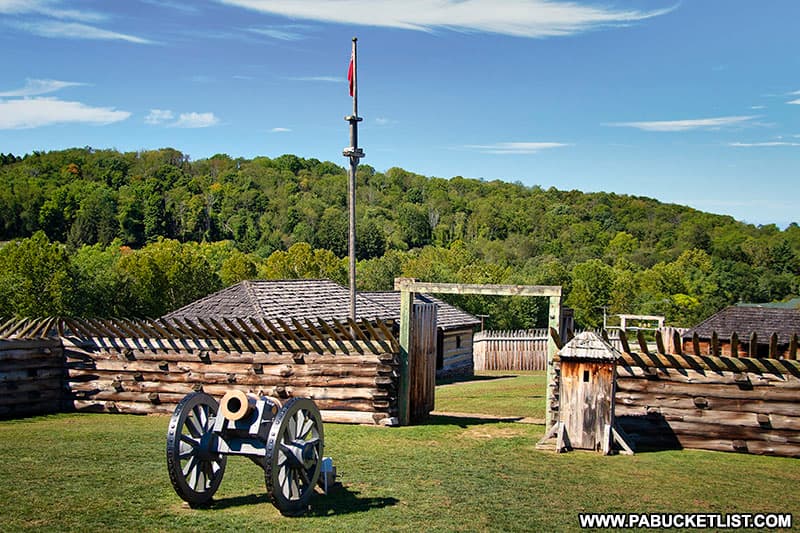
With the French out of the way, the Forbes Road became the primary route between Bedford and Pittsburgh, and inns such as the Compass Inn sprung up to meet the needs of travelers.
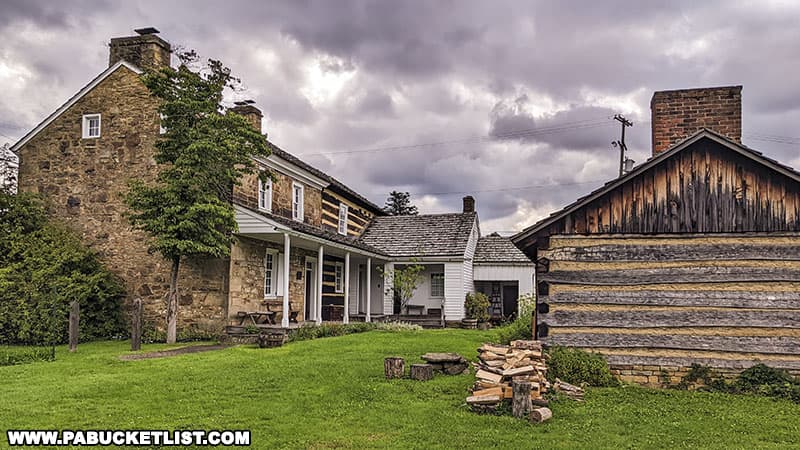
Some accounts from the 1820s record wagon trains of up to 100 Conestoga wagons passing through Laughlingtown in a single day!
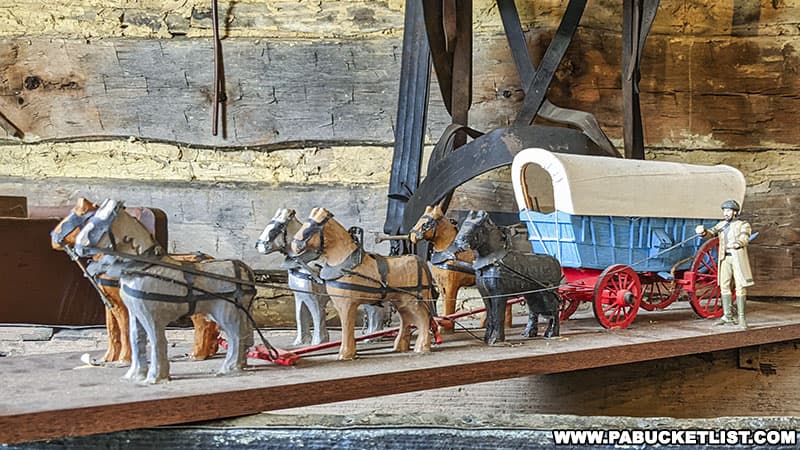
Demise of the Compass Inn
In the mid-1830s, the Pennsylvania Mainline Canal and the Allegheny Portage Railroad began to siphon off some of the passenger and freight traffic crossing the state.
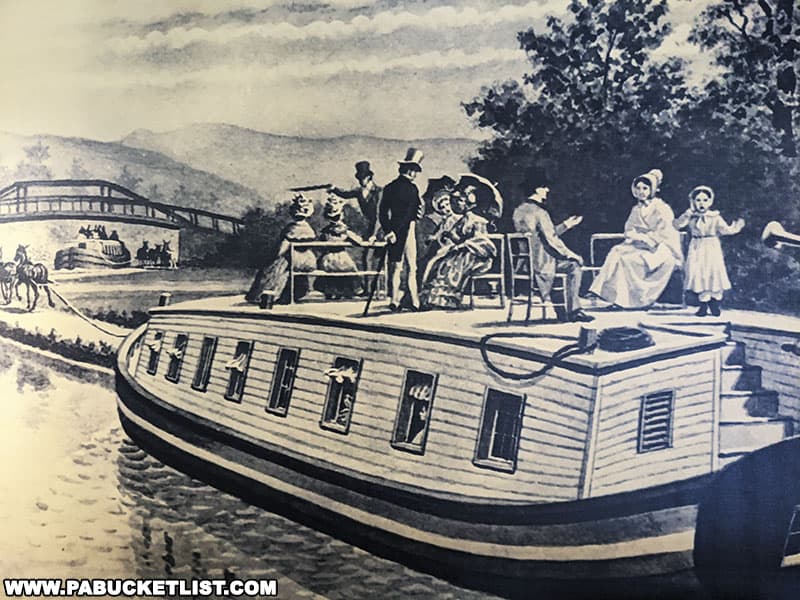
And with the completion of the of the Horseshoe Curve in 1854, the Pennsylvania Railroad was able cut the travel time from Philadelphia to Pittsburgh to just 13 hours, spelling the beginning of the end for stagecoach travel, wagon trains, and much of the Compass Inn’s business.
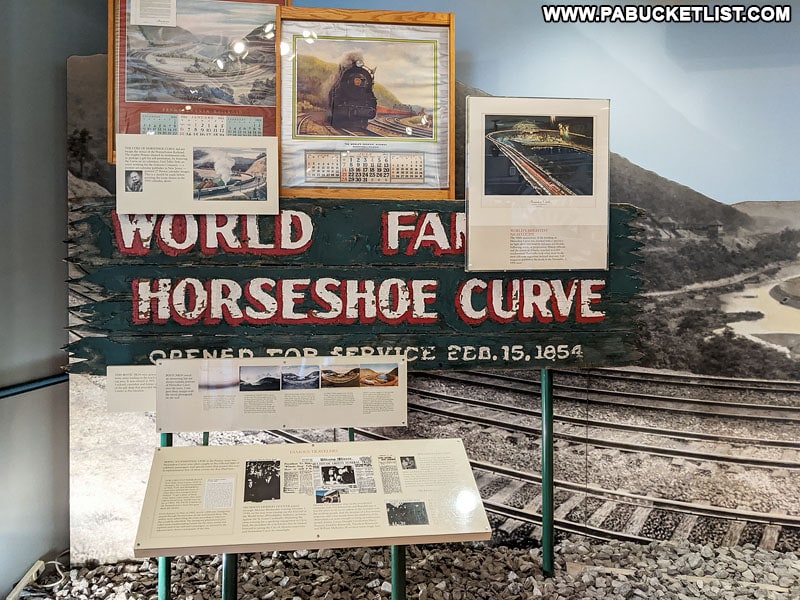
The inn eventually became a general store, then a private residence, and finally the museum you see today.
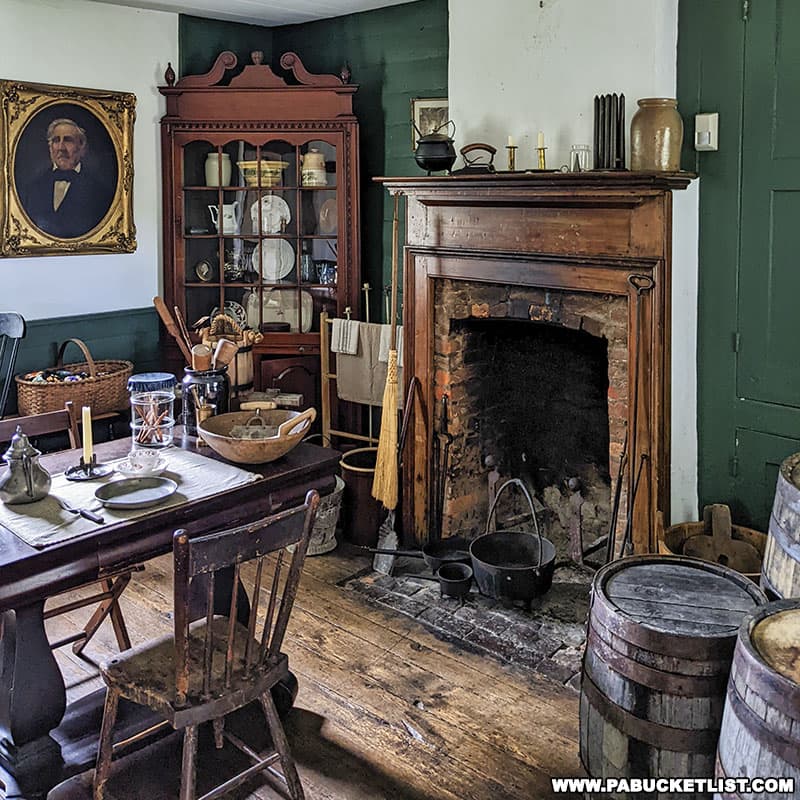
A Look Inside the Compass Inn Museum
Stagecoach inns like the Compass Inn were in the business of providing food, drink and lodging to weary travelers, in a time when the trip from Philadelphia to Pittsburgh was measured in days, not hours.
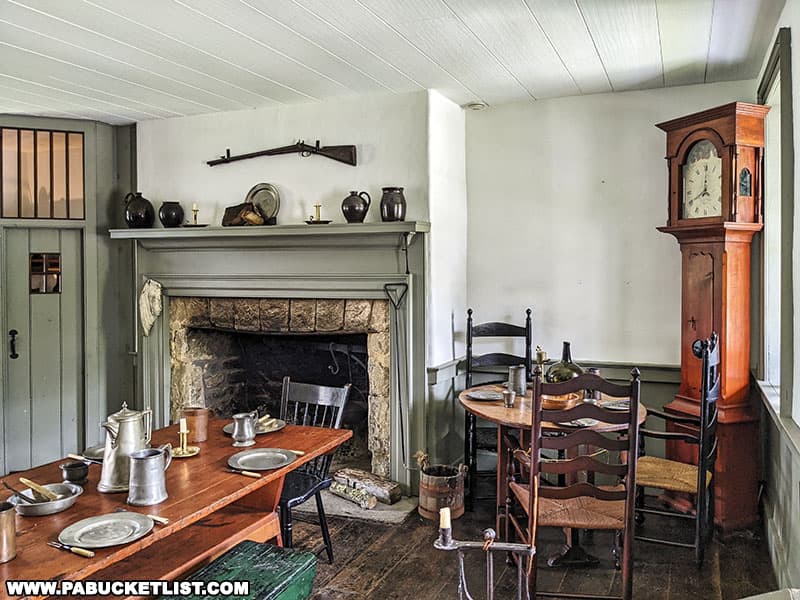
As opposed to a long bar like you’d see in a modern establishment, the taverns of this era had a cage in a corner where a “tapster” would serve alcohol from.
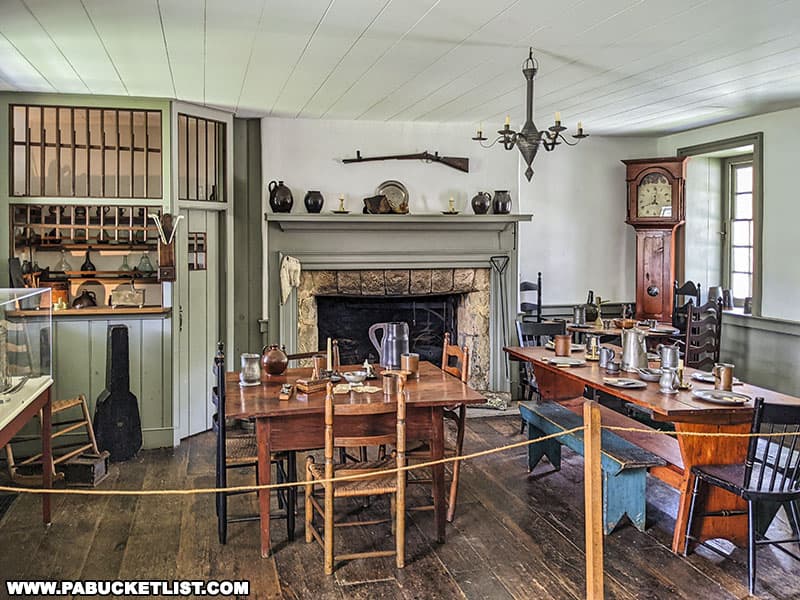
A separate parlor was meant to serve as a sanctuary for women and children after dinner, away from the clamor of the tavern which was generally reserved for men after dinner.
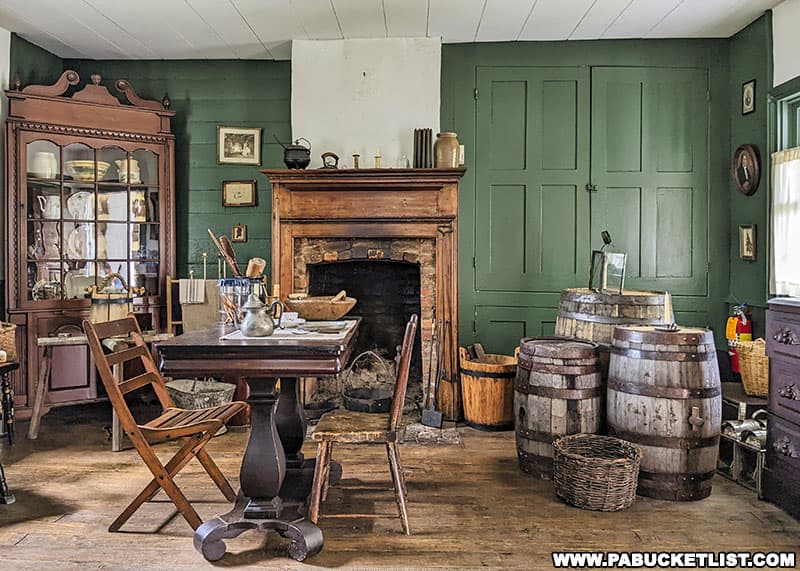
A winter kitchen provided a place to cook meals in the colder months, and the enclosed chimney (as opposed to being located on an outside wall) radiated heat to help keep the inn warm.
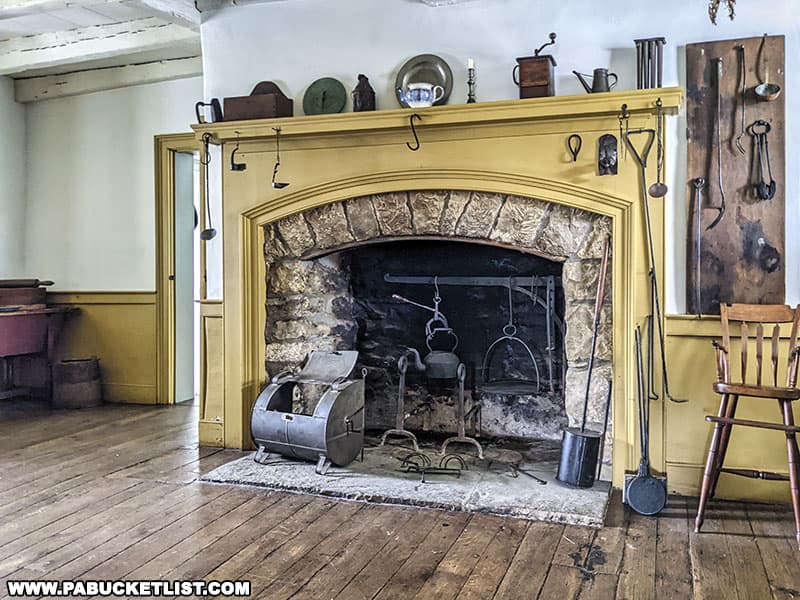
The upstairs contained six bedrooms, filled with as many beds as each room would allow.
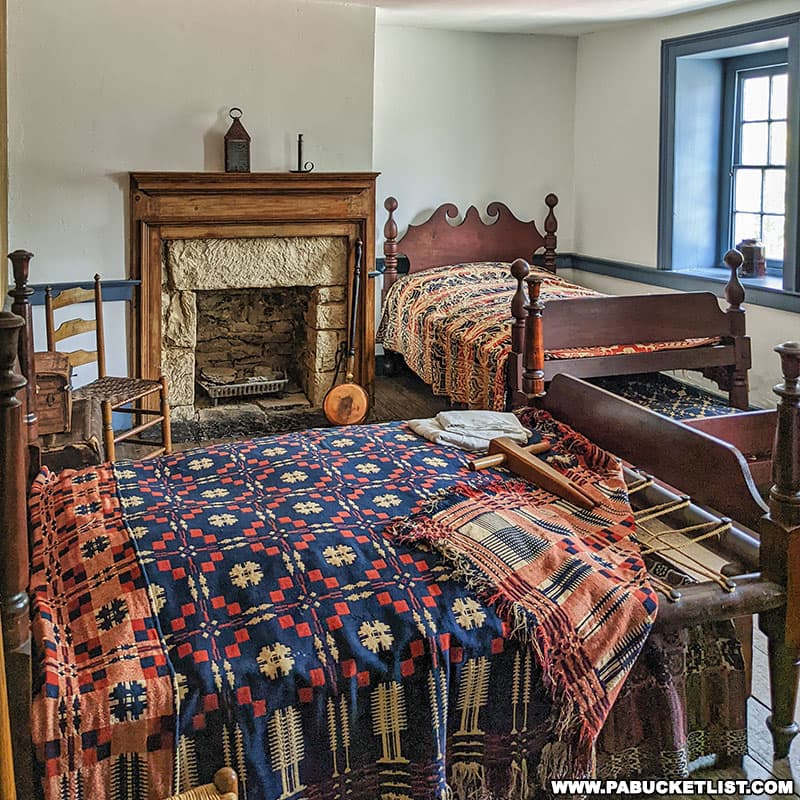
When there were more guests than beds, guests were expected to share beds with other guests!
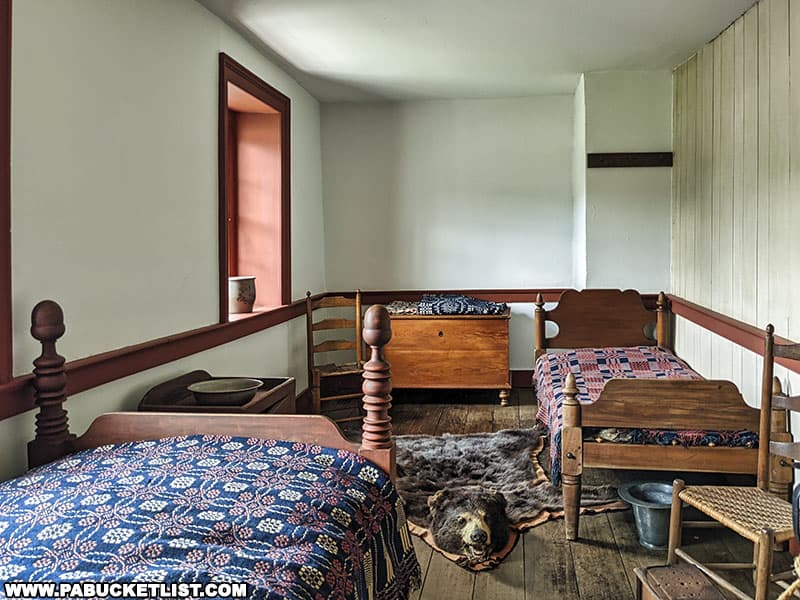
Porches running the length of the building are another common feature of stagecoach inns from this time period, as they provided a place to protect both patrons and luggage from the elements.
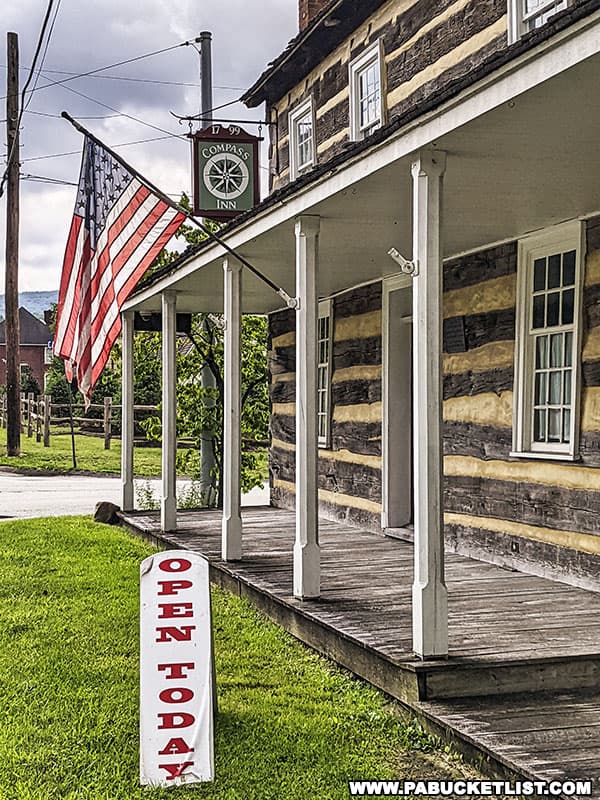
A Look Outside the Compass Inn Museum
Several outbuildings surround the Compass Inn, all of them reproductions of buildings that would have existed here in the 1830s, at the height of the inn’s popularity as a stagecoach stop.
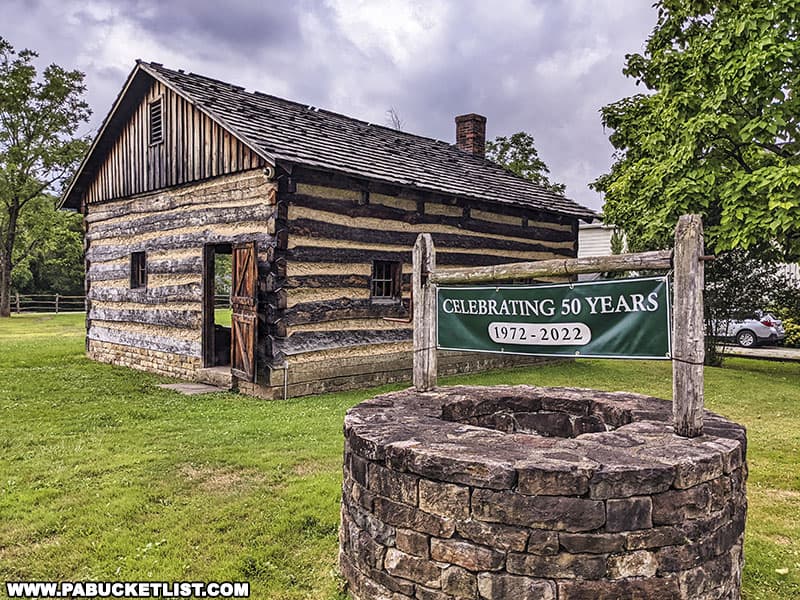
A barn at the rear of the property would have been a refuge for livestock and draft animals.
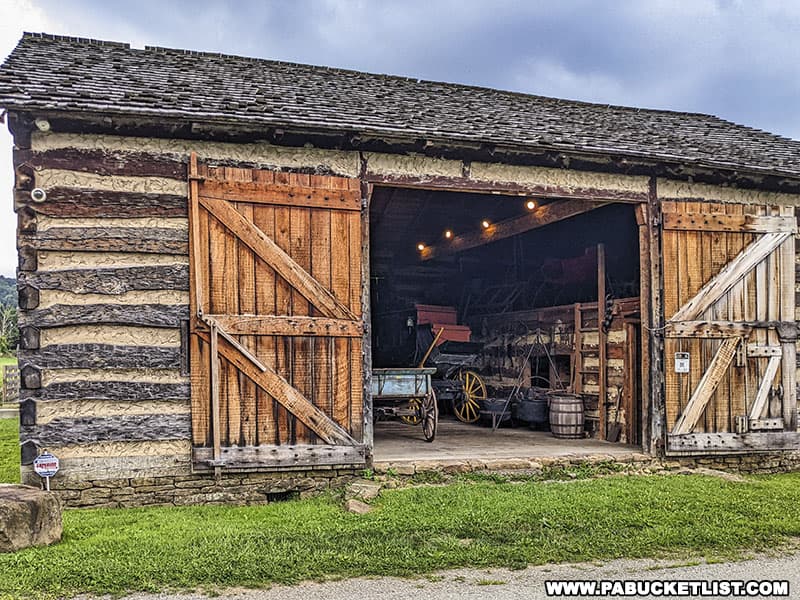
Today the barn houses examples of various modes of 1800s transportation, including this Conestoga wagon.
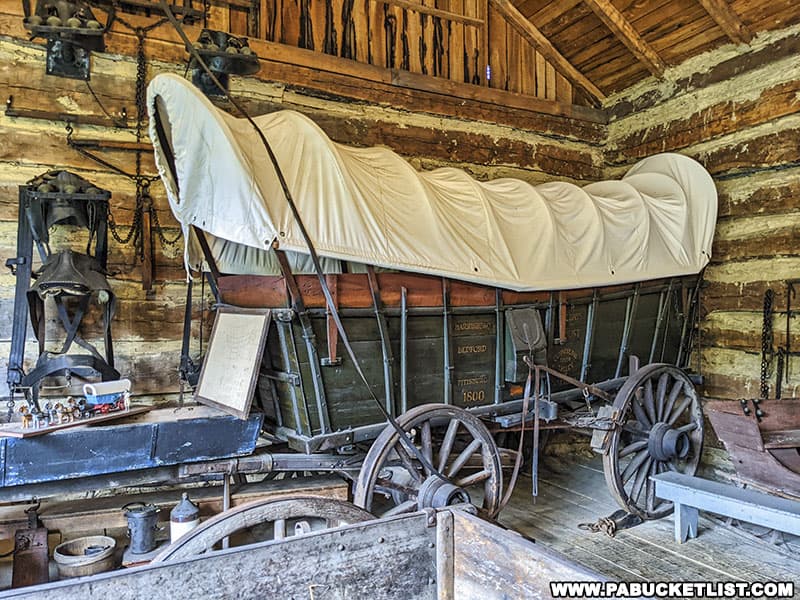
A nicely-preserved stagecoach is also on display, adjacent to the Conestoga wagon.
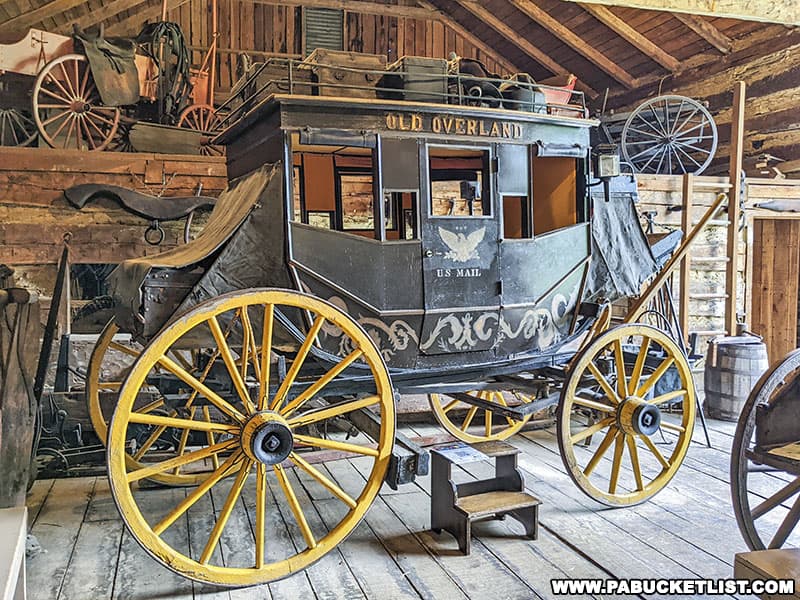
Attached to the barn is a carpentry shop, which would have been able to repair stagecoaches and wagons as well as help maintain the inn itself.
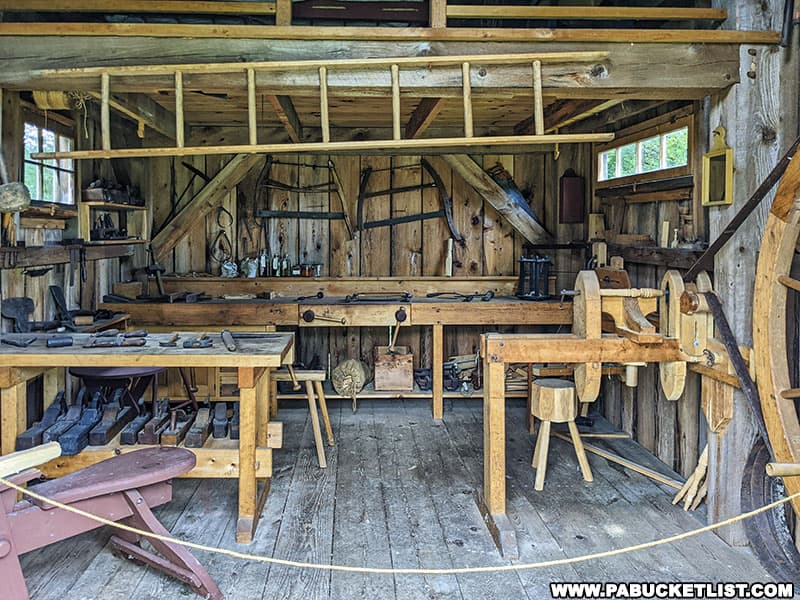
A separate blacksmith shop is also located on the grounds.
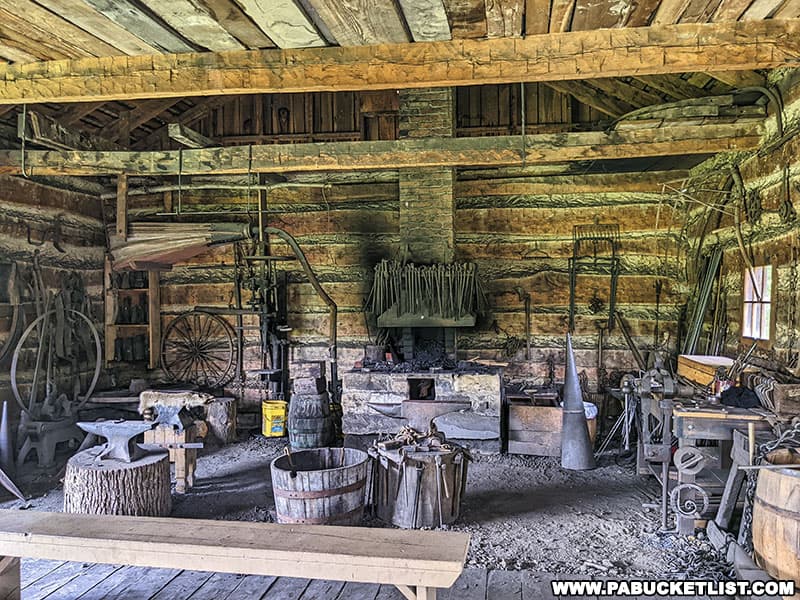
From horseshoes to wagon wheels, if it was made of metal, repairs or replacements could be fabricated on-site.
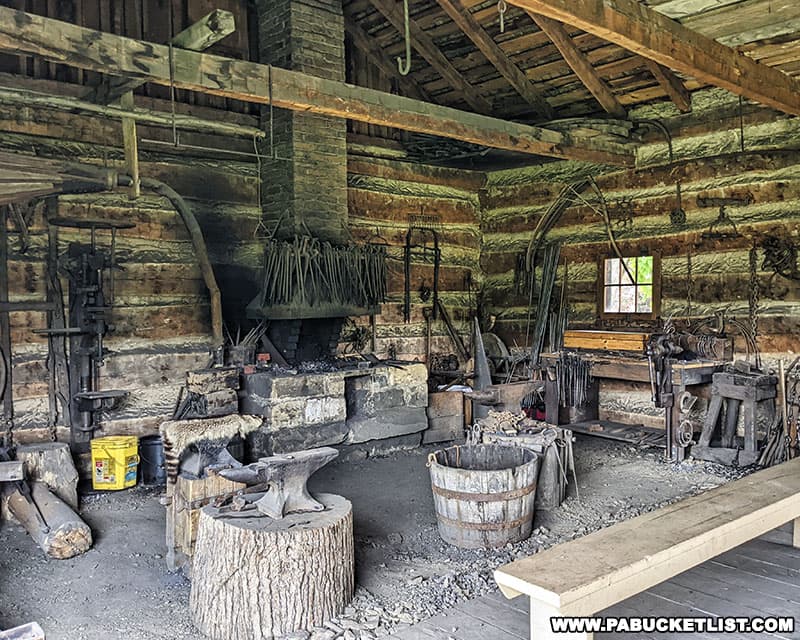
Separate “summer kitchens” were a staple of many larger homes as well as inns of this time period.
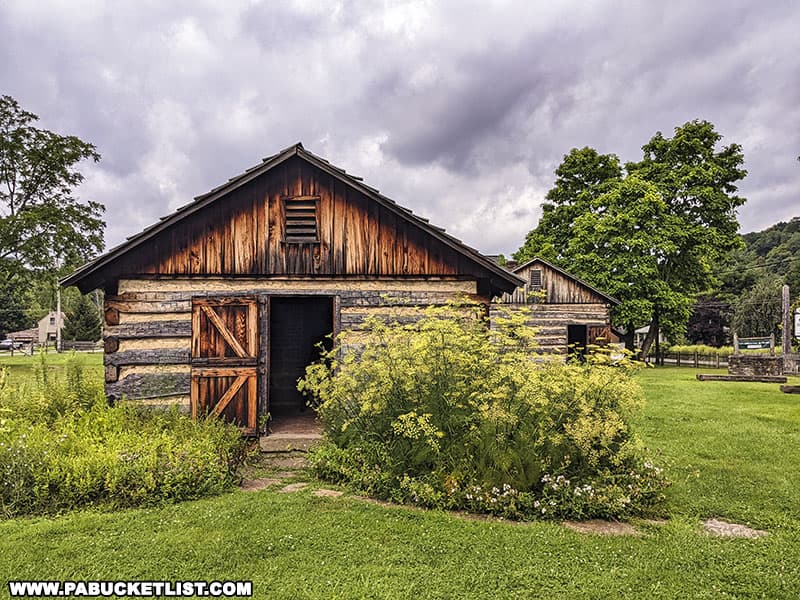
Summer kitchens helped keep the heat, smells, and sounds of the kitchen out of the living quarters.

Summer kitchens also reduced the risk of fire in the main residence; it was only in the colder months when heating the inn became a top priority that the winter kitchen (mentioned earlier) would have been the preferred place to prepare meals.
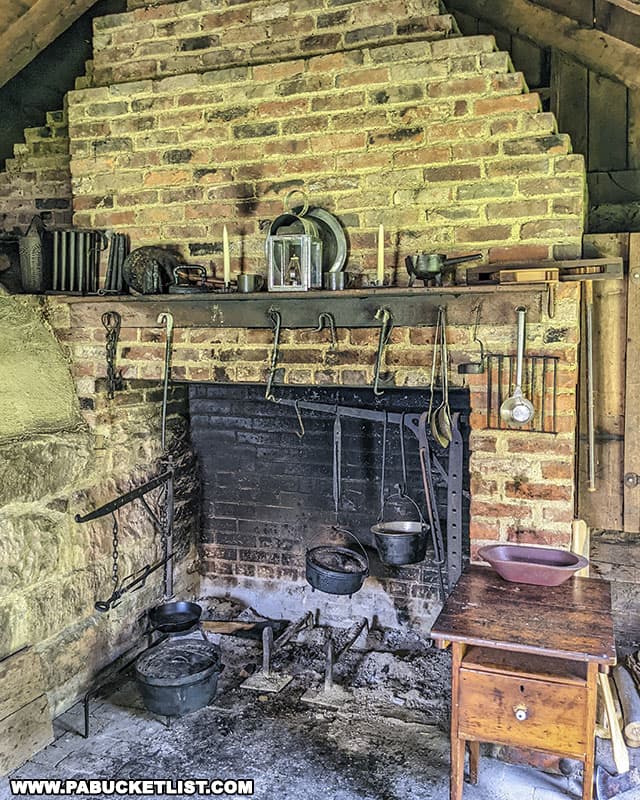
Touring the Compass Inn Museum
The Compass Inn Museum is open 6 days a week from May through October, and open for candlelight tours on weekends in November and December.
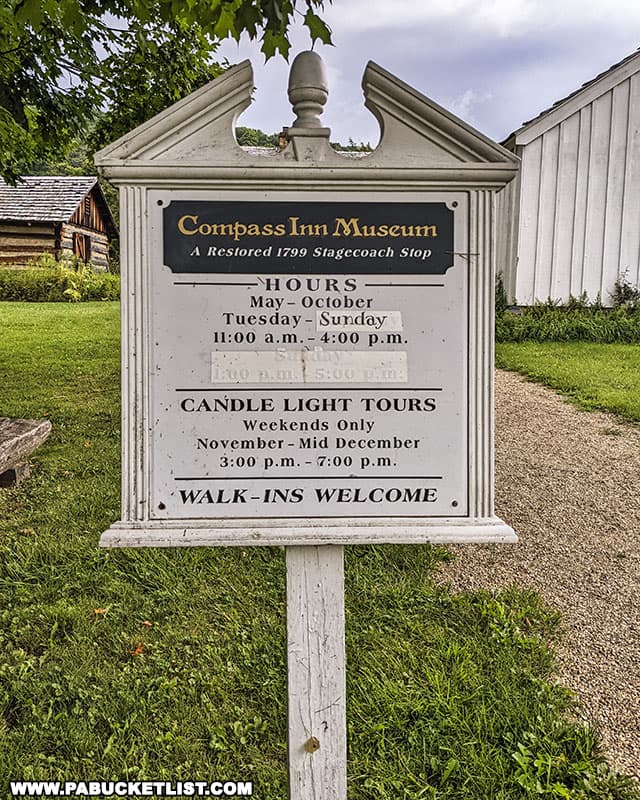
Tickets are purchased and tours begin at the Visitor Center/Gift Shop, at the back of the inn.
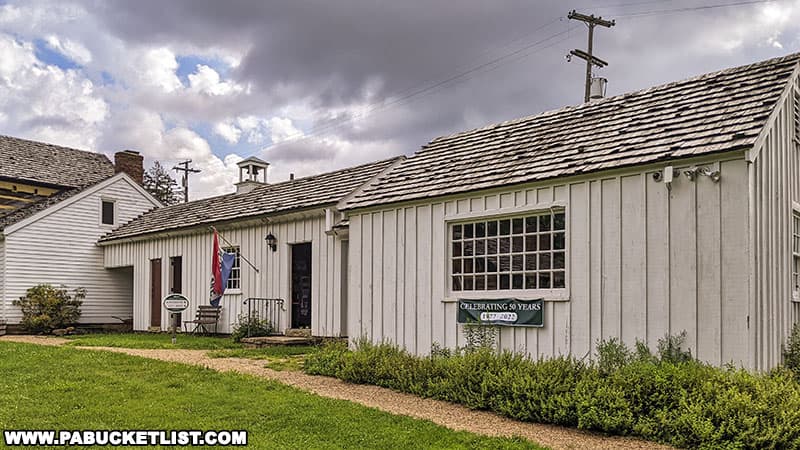
The parking lot is located next to the barn, behind the inn.
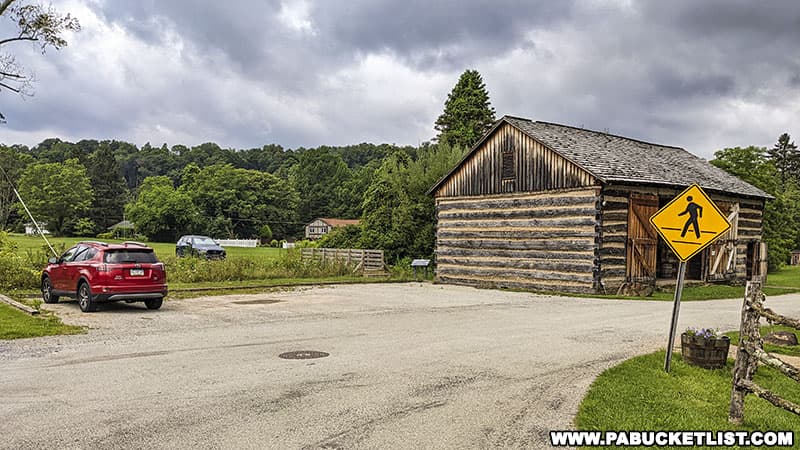
The street address for the Compass Inn Museum is 1386 US-30, Laughlintown, PA 15655.
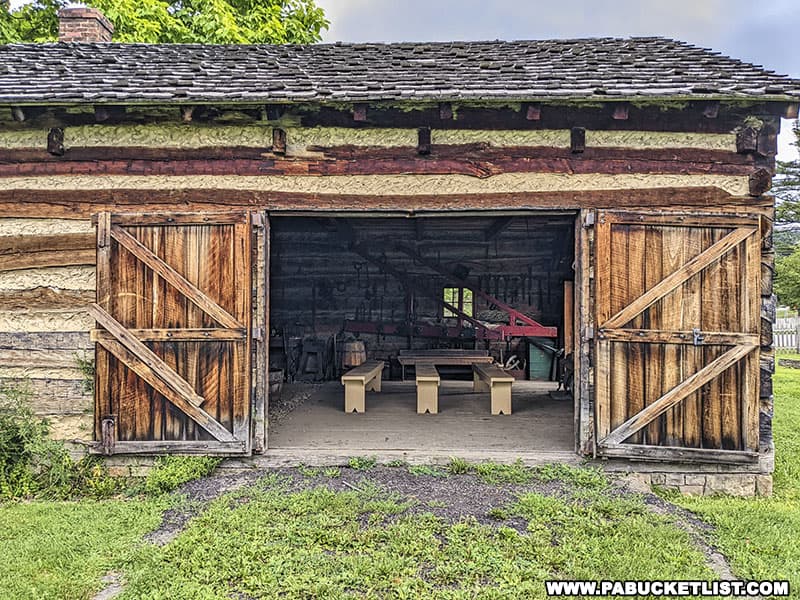
Admission prices are: Adults — $14, Seniors (Ages 62+) — $12, Youth (6 – 17) — $10, Active Duty Military — Free.
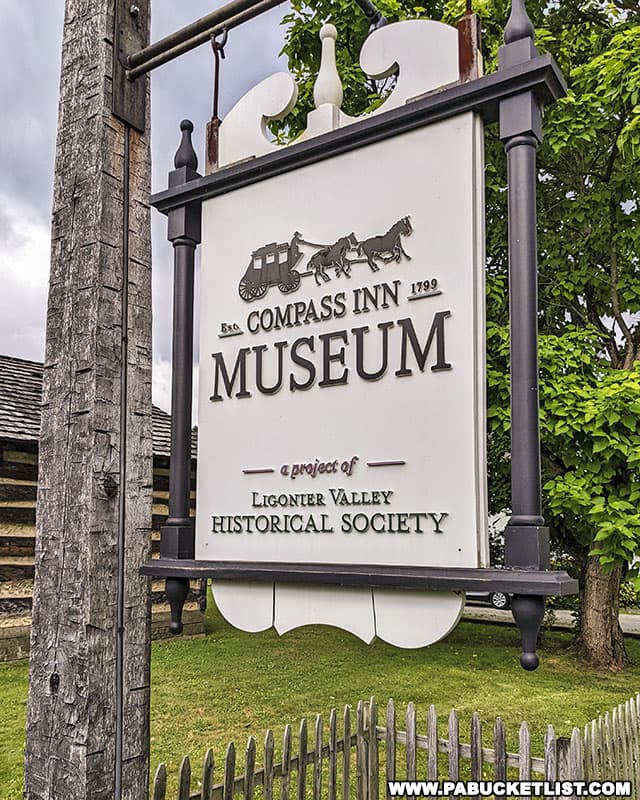
For more information, please visit the museum’s OFFICIAL WEBSITE.
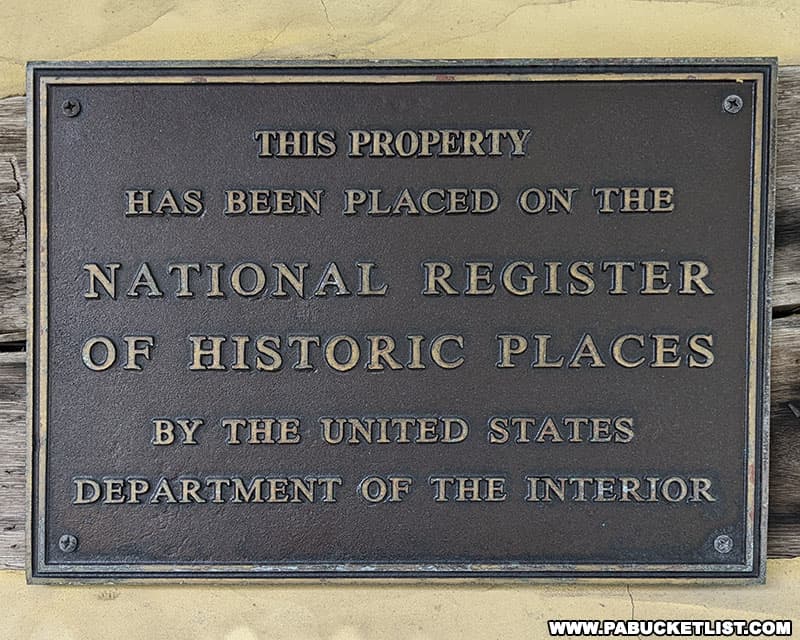
Nearby Attractions
Fort Ligonier in Westmoreland County is a historically accurate reproduction of a British fort originally constructed in 1758 during what would become known as the French and Indian War.
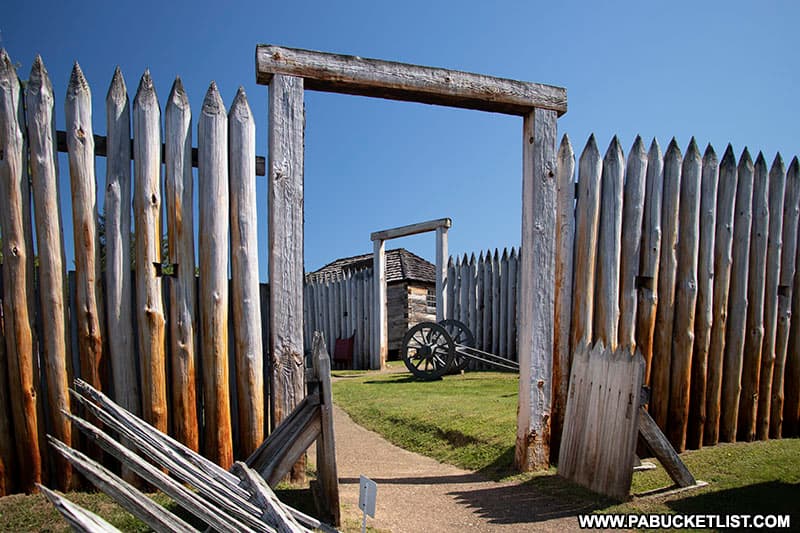
The museum at Fort Ligonier contains one of the most complete collections of French and Indian War artifacts in existence, many excavated from the ruins of the original Fort Ligonier itself.
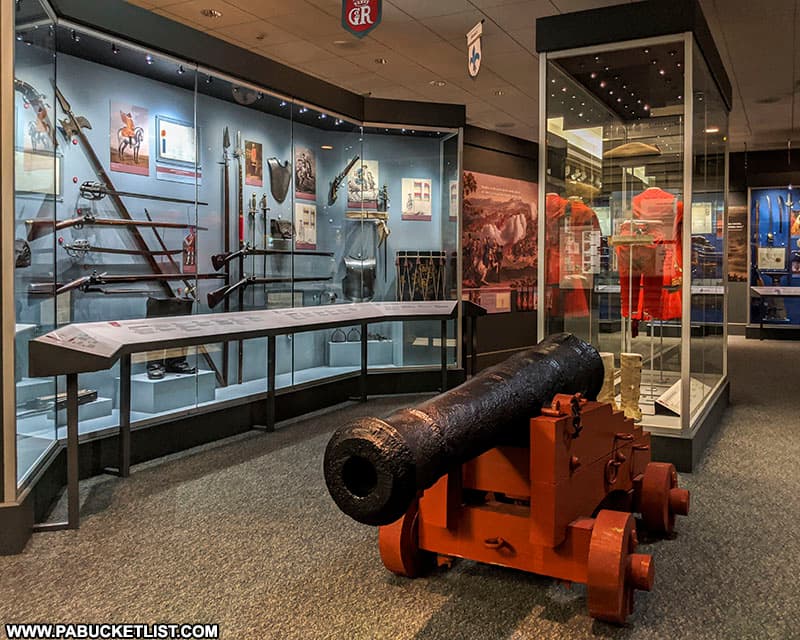
Historic Hanna’s Town, established in 1773, was the first county seat of Westmoreland County, and hosted the first English courts west of the Allegheny Mountains!
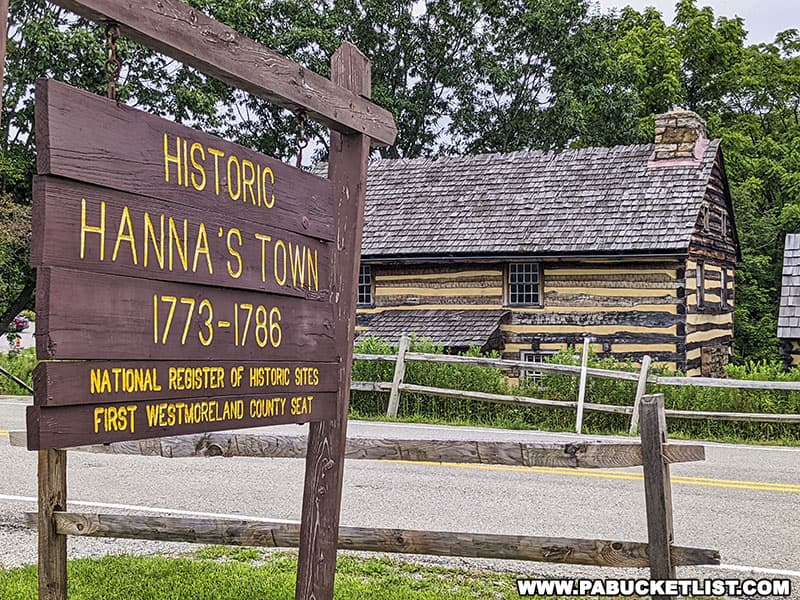
Today, the Hanna’s Town historic site consists of the reconstructed Hanna’s Tavern, three re-located log houses, the reconstructed fort, and an excellent museum.
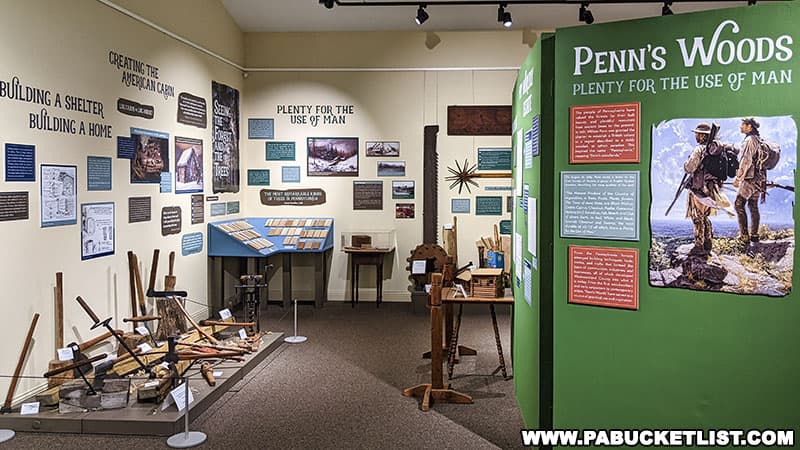
Linn Run State Park is a nearby 612 acre park popular with hikers, campers, and picnickers.

Idlewild Park is Pennsylvania’s longest-operating amusement park, and has also been named the “Best Childrens’ Park” by Amusement Today, and the “Best Park for Families” by the National Amusement Park Historical Association.
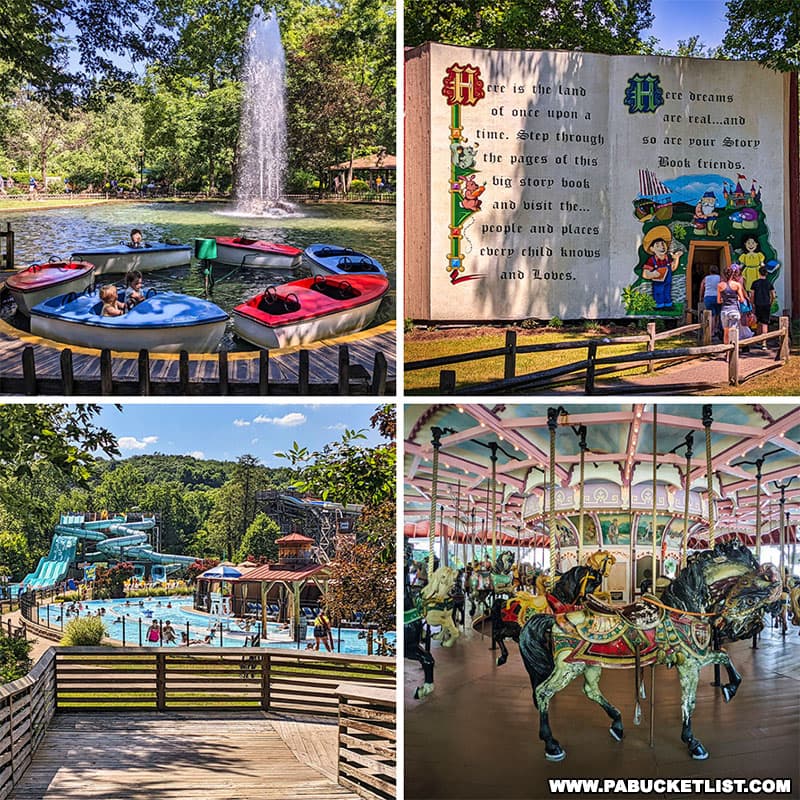
Ligonier Beach along the Lincoln Highway in Westmoreland County was once the largest swimming pool in the United States.
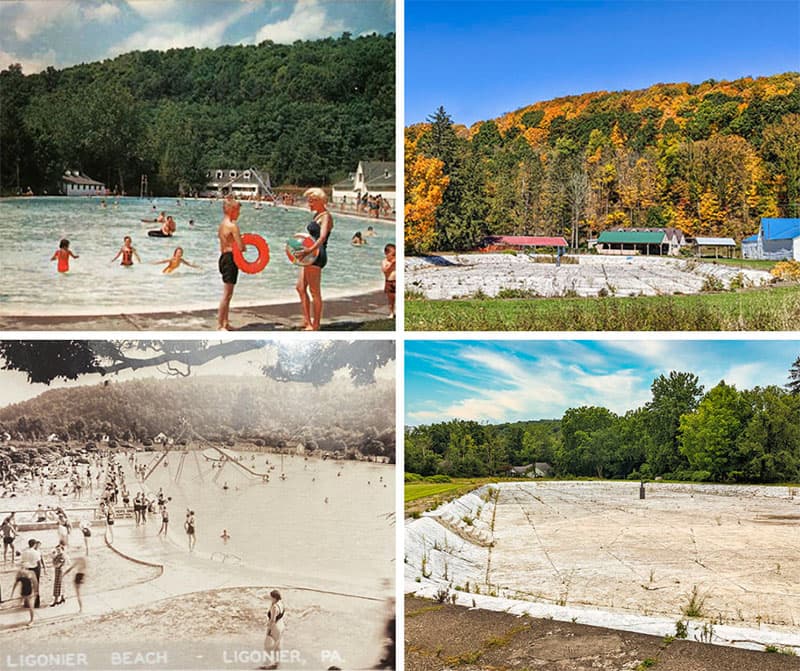
19 Must-See Attractions in Westmoreland County is your guide to even more great things to see and do near the Compass Inn Museum!
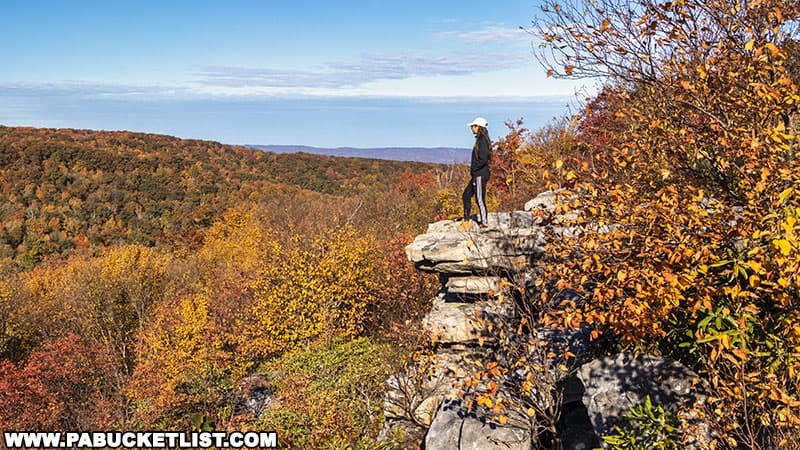
7 Western PA Locations Where “The Pale Blue Eye” Was Filmed shows you 6 additional spots where scenes from the Netflix movie were created.
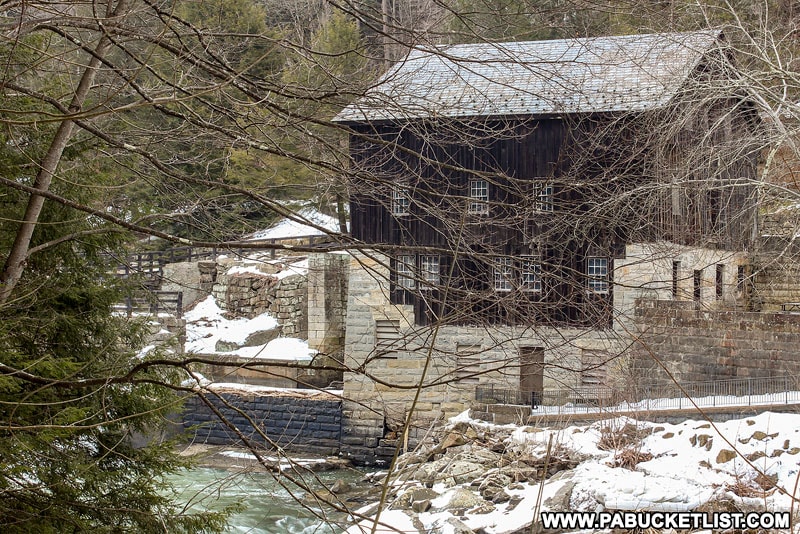
Did you enjoy this article?
If so, be sure to like and follow PA Bucket List on Facebook, Instagram, and/or Pinterest to learn more about the best things to see and do in Pennsylvania!
Click on any of the icons below to get connected to PA Bucket List on social media.


